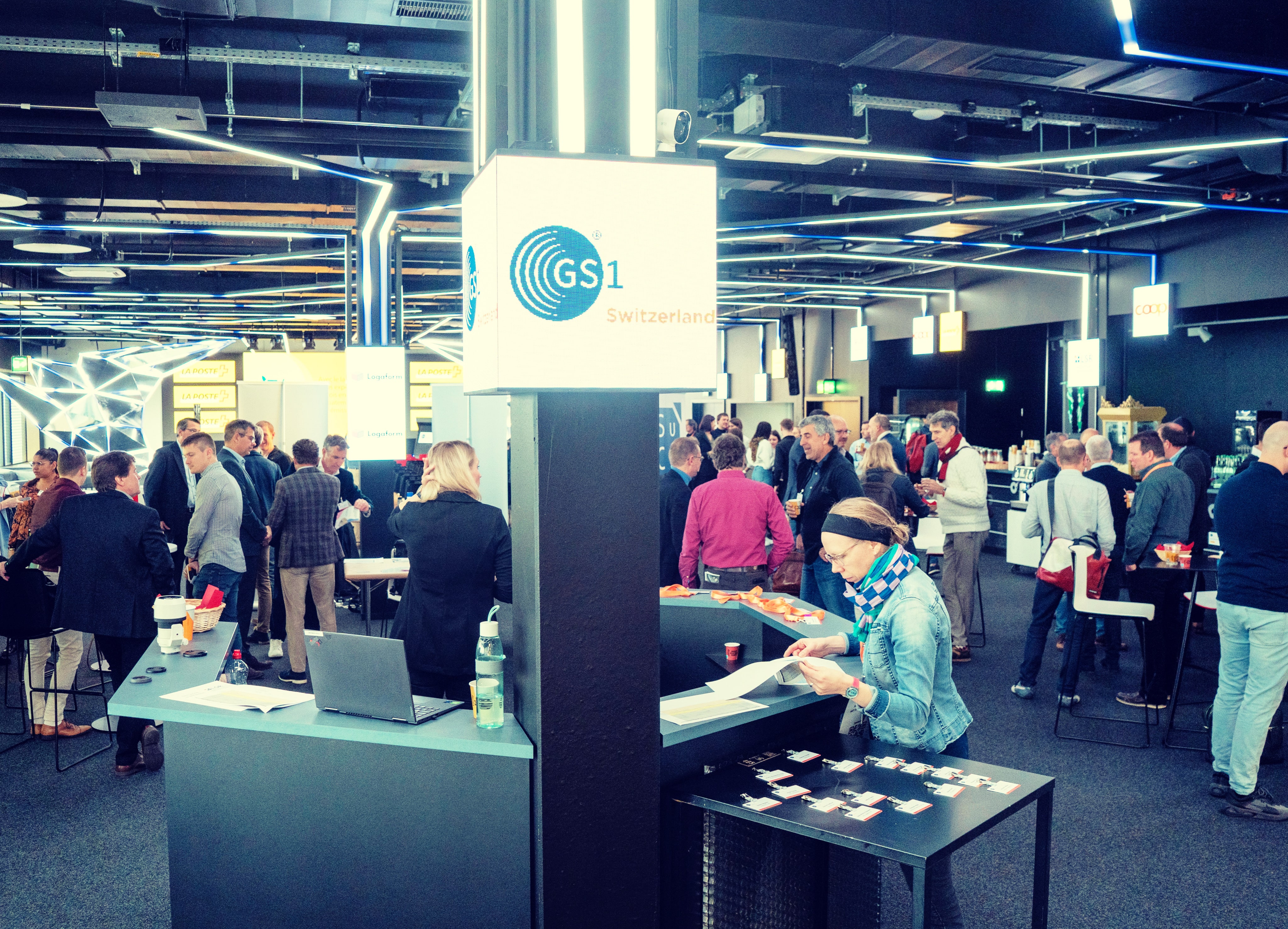Resource shortage: Supply Chain to the rescue
Supply Chain is in the spotlight more than ever
Before Covid, most consumers and executives alike paid little attention to the Supply Chain. That all changed with the pandemic and the conflict in Ukraine.
When government restrictions were put in place to stop the spread of the virus, Supply Chains were in the headlines. Consumers quickly saw shortages, while producers reported supply and distribution disruptions.
Even today, the turbulence is severe, with a mismatch between supply and demand, labor shortages, ocean freight exploding transit times (10 to 40 days on average) and container costs (x 6 on average). One of the causes is the variability of demand, which reached 300% in one week for certain categories of products during lockdowns.
In addition, the explosion of e-commerce (+30% in 3 years) has penalized the availability of logistic space: indeed, B2C requires on average 3 times more logistics space than B2B logistics
Then, the conflict between Russia and Ukraine has created serious problems, especially in Europe. The war has forced production to come to a halt in the affected regions, has led to energy price increases (+200% on barrel cost between lockdowns and now) that are hurting many industries (especially in regions that rely on Russian gas), and has diverted ships and planes that carry goods in and out of Russia and Ukraine.
As a result, Supply Chain actors who manage to keep products moving in such a volatile, uncertain, complex, and ambiguous environment (VUCA) have become true Superheroes!
Supply Chain Managers, along with their teams, are now in an unusual position: they have the attention of top management, and the duty to make real changes so that their function is finally recognized as a sustainable competitive advantage for the company.
SuCh Consulting team’s viewpoint
In Chinese, crisis is called “weiji” which means “danger and opportunity”.
At SuCh Consulting, we consider that this period of crisis offers us a unique opportunity to revolutionize the Supply Chain, to prepare it for the future, but also to demonstrate to the organizations to what extent, beyond being a support function, it can be a value creator.
Indeed, beyond traditional issues such as costs, service, and quality, let’s redefine our businesses, our processes and our organizations to make our Supply Chains more agile, resilient and sustainable.
Our participation in the GS1 forum
When we were invited to participate in the 21st GS1 Swiss Logistics Forum, with the theme “Post-crisis: resource scarcity?”, it is with this optimistic and determined state of mind that we decided to title our presentation ” Resource shortage: Supply Chain to the rescue “
For 20 minutes, our mission was:
- To share our vision: rather than waiting for the storm to pass, let’s learn to sail against the wind and the tide!
- To make participants aware that the growing importance of Supply Chain is an unprecedented opportunity to finally have our function recognized as a value generator
- To demonstrate how the participants were endowed with super-powers that could make them the Superheroes of tomorrow
- To share paths to follow to develop agile, resilient, and sustainable supply chains
Among these directions, we can note:
- The importance of mapping the Supply Chain to make it transparent and to be faster and more efficient in decision making
- Redefining its distribution networks, which allows to have the ideal logistic network, offering an optimal quality of service, at the lowest cost, while optimizing risk management and anticipating future evolutions
- Diversifying supplies, which (even if it represents a challenge in terms of operational complexity, quality control and ethical risks) is essential to reduce its vulnerability linked to a strong dependence on a limited number of suppliers and/or regions
- Better detect demand variations and unexpected supply events through a more efficient S&OP process, supported by real-time data and relevant reports
- Launch a “no air challenge” with the ambition to minimize air in packaging (maximum cartons and pallets filling), in containers or trucks, and avoid, as much as possible, using air freight to supply and/or distribute. Indeed, air freight is about 10 times more expensive on average than sea freight and emits almost 10 times more CO2
To download the presentation, please fulfil the following fields :
More information about the event : https://fl.gs1.events/fr/


















